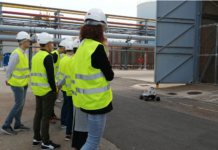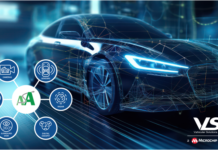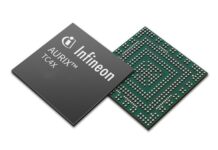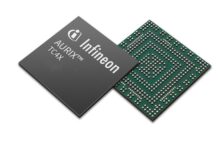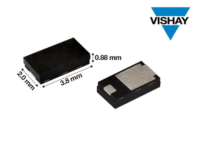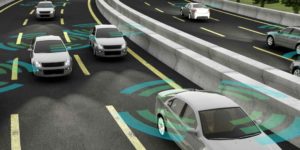
At the present moment, even though there is no self-driving car that can legally drive on public roads, there are several powerful automotive companies that work diligently on making this a reality. We’ll discuss the most important ones and their accomplishments in the niche.
UBER
A company that’s synonymous everywhere in the world with fast and easy transportation, Uber takes things a step forward, and already has working self-driving cars in play. For instance, they already have self-driving trucks operating in Arizona (they have a deal with this state, so they can test their cars in public). These still need human assistance, but the drive is a lot less stressful for the trucker.
Uber also wants to create a self-driving taxi system, where the user doesn’t have to deal with a human driver. They first started with a fleet of 20 Ford Fusions, in 2016, that was tested in Pittsburgh, Pennsylvania, but these cars had a safety driver behind the wheel. Based on what they learned from this experiment, Uber moved to a new fleet of self-driving cars, but this time, they used the Volvo XC90. However, these cars were not as easy to control as Uber desired, so they ran into light traffic accidents and disobeyed traffic rules. This and other frictions deteriorated the relationship with Pittsburgh authorities, and Uber’s license for autonomous vehicles testing was removed. This is when they decided to move the testing to the state of Arizona.
In March 2017, there were a couple of crashes involving Uber autonomous vehicles, but it turns out the main culprit was human error, not the software or hardware of the vehicle. Furthermore, in 2017 Uber also extends testing to Canada, sending two driverless cars on Toronto’s streets.
In March 2018 there was another traffic accident, but this one ended with the loss of one human life. As a result, Uber ceased all testing in Arizona. For now, Uber didn’t release a new date for testing, but we know they bought 24,000 Volvo XC90 SUVs in November 2017, with the intent to release them in between 2019 and 2021.
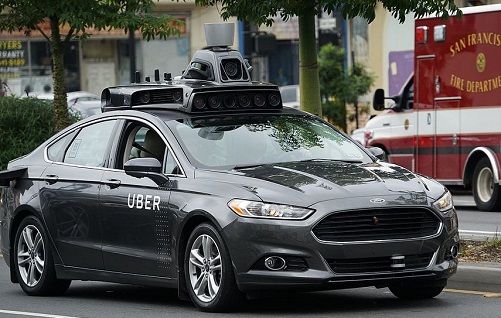
They also partnered up with Nvidia, which will provide Uber with the technology to control an entire fleet of self-driving cars.
General Motors
This automotive manufacturer may have joined the trend a bit later, but they learned fast, and now, they already have a properly driverless car ready to be launched in 2019 (the car is ready for tests in San Francisco, where it will face all sorts of traffic conditions). The Cruise AV is a vehicle that doesn’t come equipped with steering wheel or pedals, and doesn’t have any other controls that will allow a human passenger to drive it. The only control is a touchscreen interface.
Furthermore, this is an all-electric vehicle, based on the Bolt EV platform, furnished with various safety mechanisms, including closing and opening its own doors.
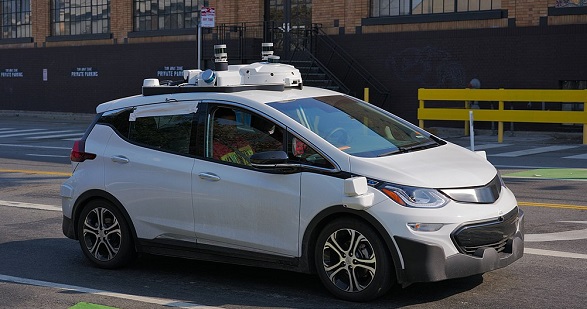
The vehicle is designed to be a part of the GM-operated ride-sharing service that works just like Lyft or Uber, only without a driver. A person will be able to call the Cruise AV using a phone app that also allows users to introduce their ideal temperature settings and even music preferences. This way, when your ride arrives, everything will be designed to your liking.
Their driverless car is called Waymo and is one of the most advanced projects in the industry right now. The cars are already driving on public roads and the tests are done with human passengers. Even though it might seem too advanced, this phase of development is normal considering they’ve been working on it since 2009.
They started with Toyota Prius vehicles (in 2009) and moved to Lexus RX450h in 2012, when they also introduced their self-driving technology to complex city streets. In 2015, Google developed Firefly, a cute-looking, completely autonomous vehicle designed from the ground up (it had sensors, steering, braking, computers, but no pedals or wheel).
In 2016, the project was named Waymo and in 2017, Google moved to bigger vehicles such as Chrysler Pacifica Hybrid minivans. This is also the year to launch the ‘early rider program’, where residents of Phoenix, Arizona could join the public trial.
In 2018, Google partnered up with Jaguar to create the first premium electric self-driving vehicle: the Jaguar I-PACE. The plan is to start testing this year and add 20,000 such vehicles to the Waymo fleet in the next few years.
Overall, the Waymo cars have driven over 7 million miles on public roads in the USA without getting into or causing an accident, and in 2017, they ditched the safety-driver in minivans that scour through Arizona’s roads.
Tesla
Besides being associated with electric cars and green driving, Tesla is also one of the pioneers in the autonomous driving program. Right now, all their models have autopilot capabilities (including the Model 3), but the cars still need human assistance.
The autopilot system on Tesla knows how to self-park, it can be summoned from and to the garage, knows how to exit the freeway or change freeways without requiring human input, and adapts to speed traffic conditions by itself.
Still, for now, Tesla’s system is not 100% autonomous; it’s more of an enhanced autopilot mode that requires the driver to stay alert and ready to intervene in case of emergency.
Apple
The company well-known for producing expensive smartphones and similar gadgets is also involved in creating autonomous technology. They are working with artificial intelligence (AI), but according to the CEO (Tim Cook), the main focus is not necessarily on vehicles.
However, if we consider the fact that the company has more self-driving cars in test than Waymo and Uber (45 registered at the DMV), we can say they are making progress in this niche. The interesting aspect is that they don’t work on developing the car; they’re only fine-tuning the technology. This is why their fleet is made of Lexus RX450h SUVs (and not Apple cars). However, the company is highly secretive about their work and all we know by now, is that they added 18 new vehicles to their fleet in 2018.
Volvo
There is a lot of power in minding your own business and working on projects without gathering any attention until the opportune moment. That’s exactly what Volvo has been doing for the last several years, and now they are partnered with Autoliv, Zenuity, and Ericsson to create a platform that integrates with vehicle software. There is even an innovation lab (run by the mentioned partnership) that encourages collaboration with startups in the niche.
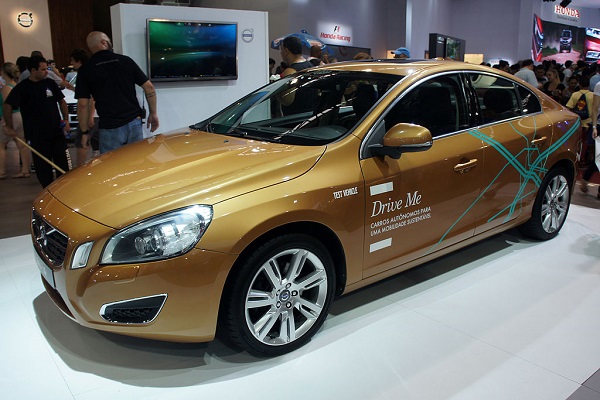
They even started a trial program (Drive me) that will take place in Sweden and will use the data to release their first vehicle with self-driving technology in 2021.
BMW
BMW also teamed up with companies working on new technologies such as Mobileye (camera and sensors developer) and Intel, and plans on releasing a working self-driving car by 2021. The car is called iNEXT (an all-electric level 3 vehicle) and is designed to be the start for ride-sharing fleets controlled by computers (something similar to Uber’s plans).
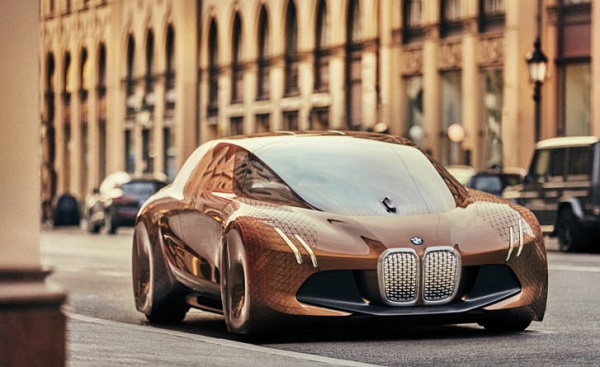
For this year, the German carmaker plans to increase their test fleet (based in a Californian BMW base) of self-driving vehicles to 80.
Volkswagen Group
They partnered with a Silicon Valley startup called Aurora to work on the building of a self-driving car fleet. The aim is to create autonomous taxis that will work in several cities by the year 2021. Furthermore, they are also working with Nvidia, to create an intelligent co-pilot system that will provide driving assistance.
However, the group is still struggling to create fully-electric cars and they are working hard to make their designs more eco-friendly. There are also rumours that there is a partnership between Apple and Volkswagen for an autonomous vehicle, but nothing is yet confirmed.



